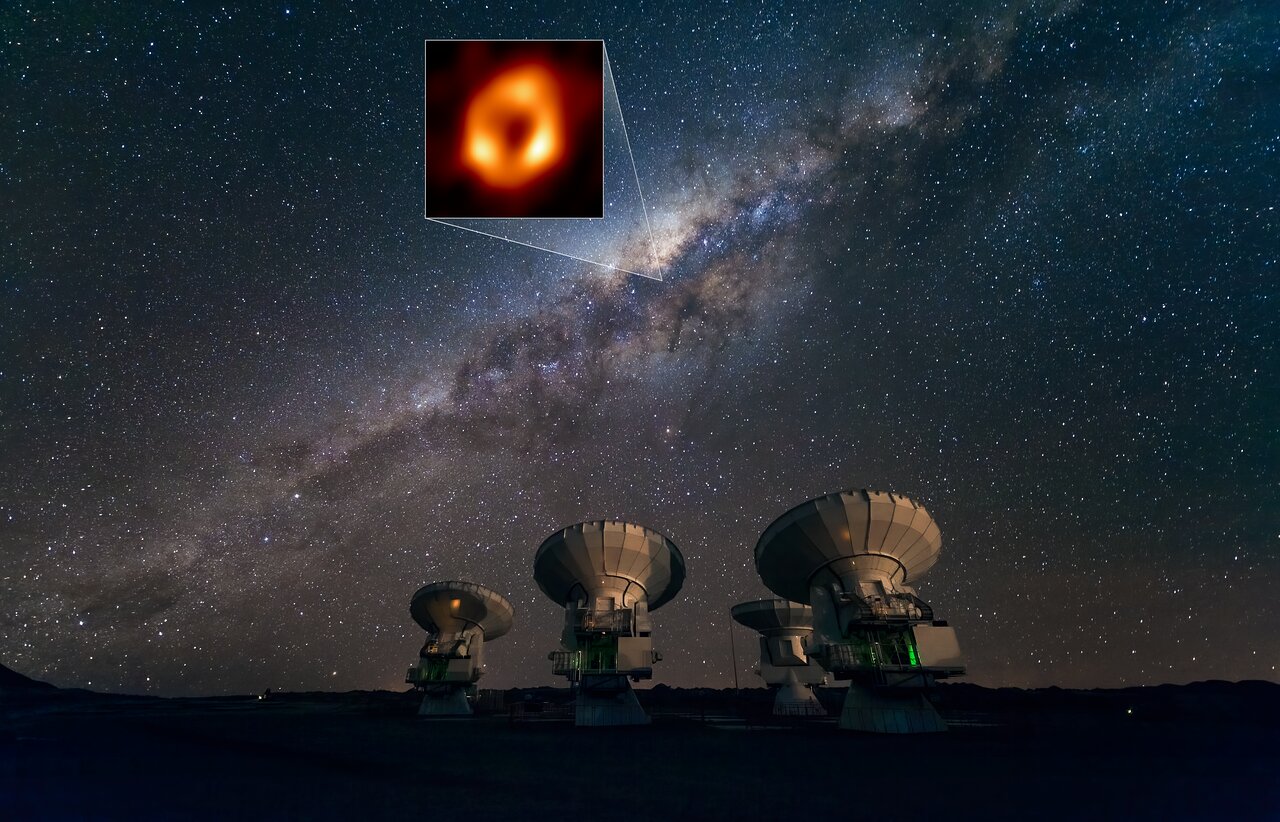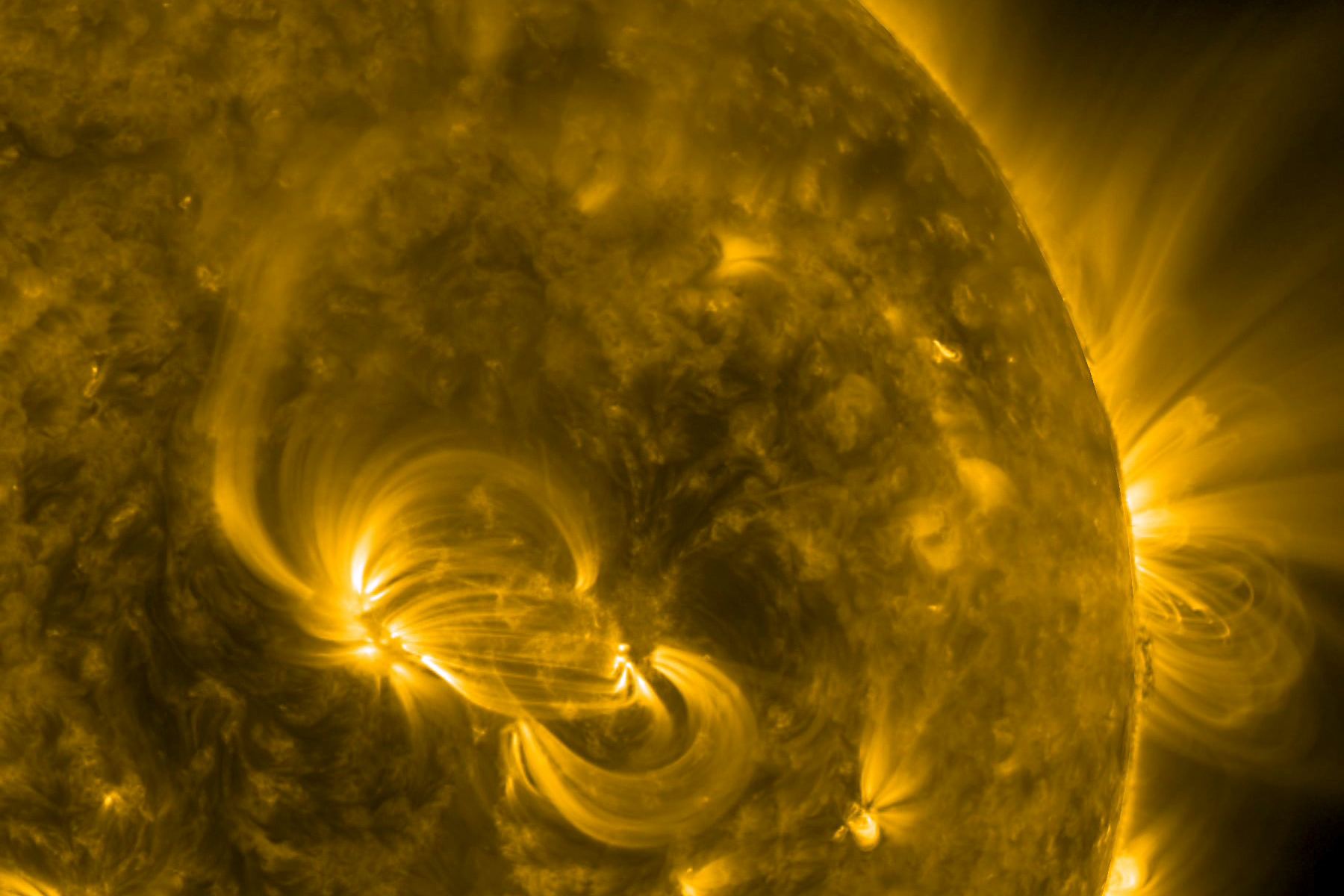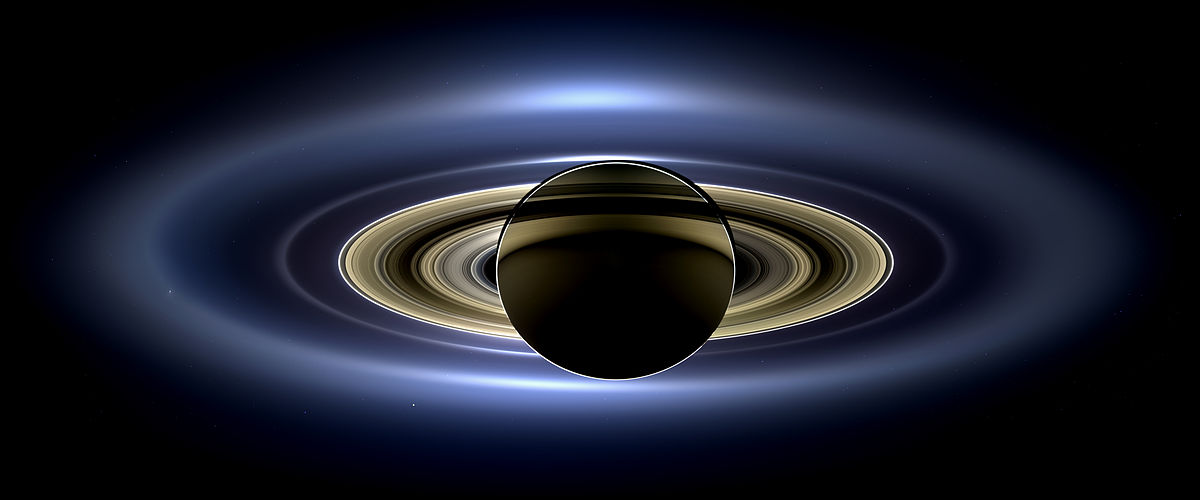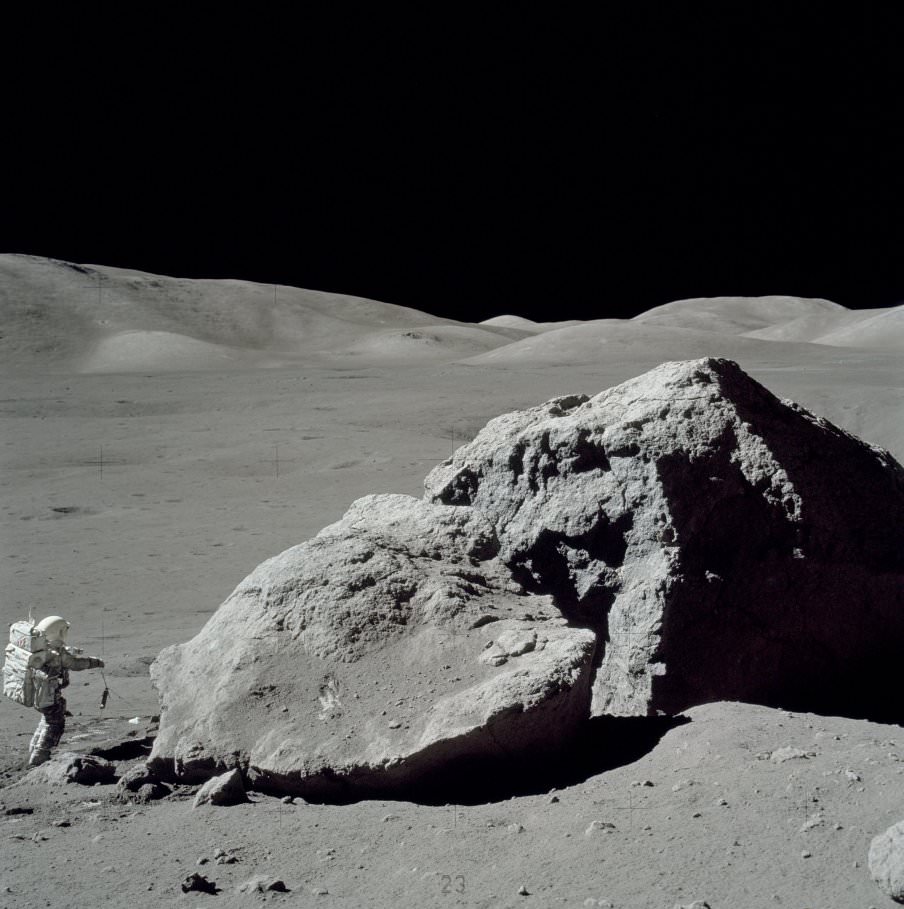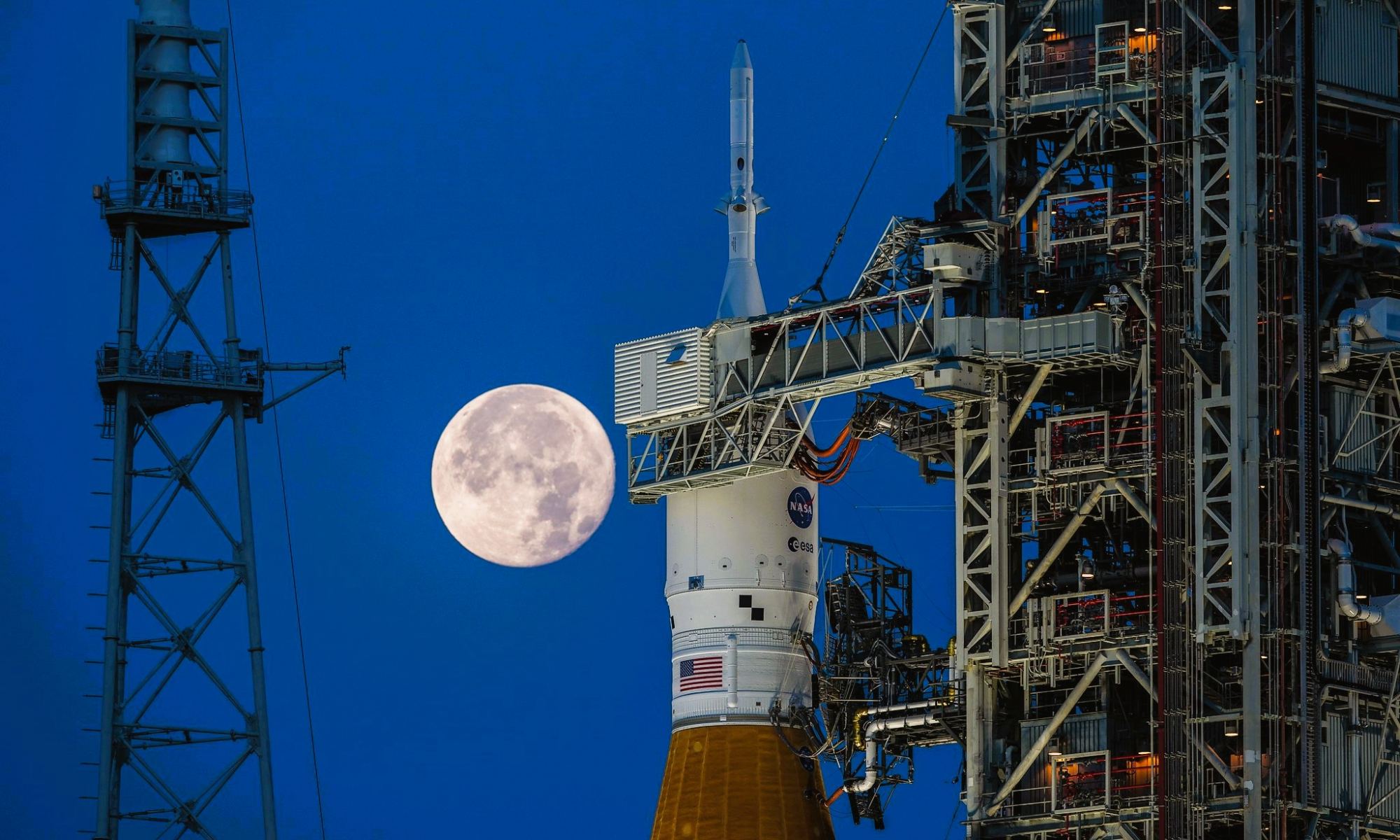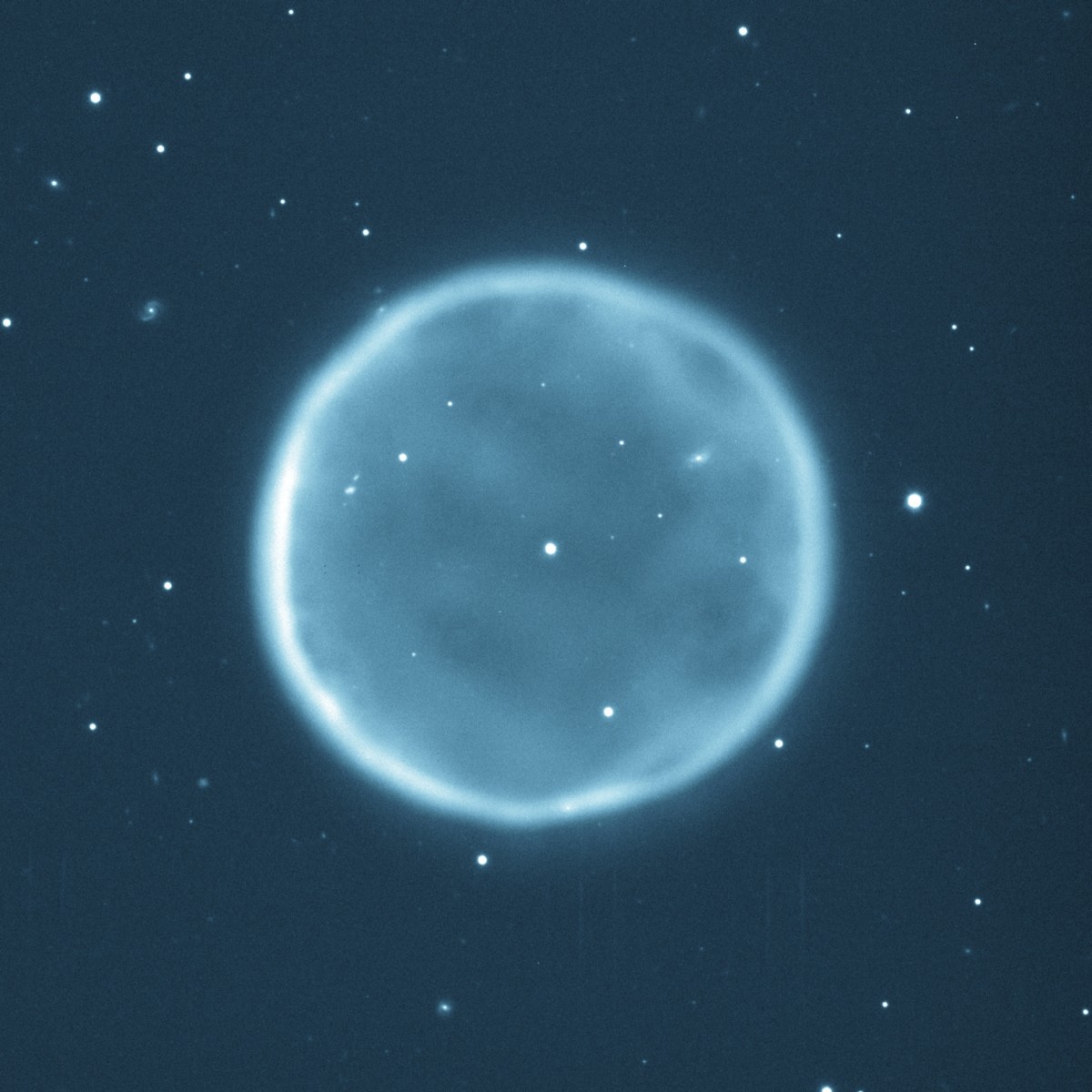Sagittarius A* (Sag A) is usually a pretty quiet object, as supermassive black holes go. It’s not wildly active, like the object at the heart of M87, for example. But, every once in a while, there’s a little action in its neighborhood. Right now, there appears to be a hot blob of gas running rapidly in circles around the black hole. Astronomers detected it using the Atacama Large Millimeter Array (ALMA) in Chile. The data from that radio astronomy facility tells them more about the environment around Sag A*.
Continue reading “There’s a Blob of Gas Orbiting Around the Milky Way’s Supermassive Black Hole”There’s a Blob of Gas Orbiting Around the Milky Way’s Supermassive Black Hole
